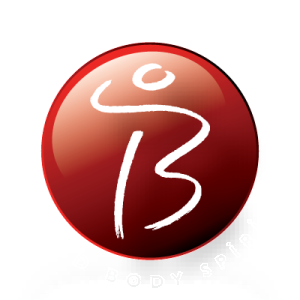Technique and Alignment – How Much Do We Need To Nitpick?
A Facebook friend posted a picture of a dancing ballerina en pointe and commented: “Does anyone else notice that she is over-rotated in one hip?’ While I am sure my friend did not intend any of her contacts to conduct a scholarly project on the question, I nonetheless pondered the question as if I was assigned homework.
When I looked at the photo, the first response I had was, Um…no, not really. The second response was what does it matter if she is?
Take any person – dancer, athlete or not – catch them in a still photo mid-movement and there will be all kinds of things one can nitpick about. Does it really matter?
Sure, technique is important. It hones the instrument. Ballet is taught in turnout but that turnout must be safely executed and a good teacher helps the student turnout (actually, the current term “rotation” is more frequently used) from the hip socket as opposed to torquing the knees.
But in the dance itself, the dancer hopes that the technique and strength training they do in class will be there for her/him. In the dance, the nitpicking has to be let go and if the training is consistent, it will show.
Or, let’s take our average golfer who has a coach. The coach will review hand position, stance, hip sway and foot position (who knew that swinging a golf club had so much technique to it?). Much to think about but at some point our golfer has to let go of all of that technical nitpicking and just believe that all that time training in technique pays off. I suspect if we could catch and freeze him in mid-movement, all kinds of technical deviations could be found. And yet, he is able to get the ball where he wants it, which is all that matters.
As a classically trained Pilates and yoga teacher and yes, a classically trained dancer, I appreciate technique. But as a movement teacher who has worked with all kinds of bodies that have a variety of experiences – surgeries, congenital issues, and traumas, as well as my athletes and fitness buffs – I have found that there is no one way the body “should” be.
The ideal way a body moves is efficiently. The transfer of energy from the foot through the whole of the body without obstacles, blockages or compensation is the best, most efficient and healthiest way a body can move. While a skilled trainer can help you train weak muscles, efficiency is a quality that must be felt by the trainee.
I had a client once who was insistent that if her feet pointed forward then she “knew” that her hips were open. The statement is an odd one; a person can certainly have tight, closed hips with feet that point forward, slightly inward or slightly outward depending on the degree of rotation of the lower leg. Whether the hips are open or not is something that needs to be felt; it is felt through action, not frozen stillness and “fixing.”
Merely forcing the feet to point forward because you read it somewhere that it was the “right” way is well, not the right way. Well, okay, maybe for robots. But where the flow of movement is required – in art or living life – there is no one “right” way.
